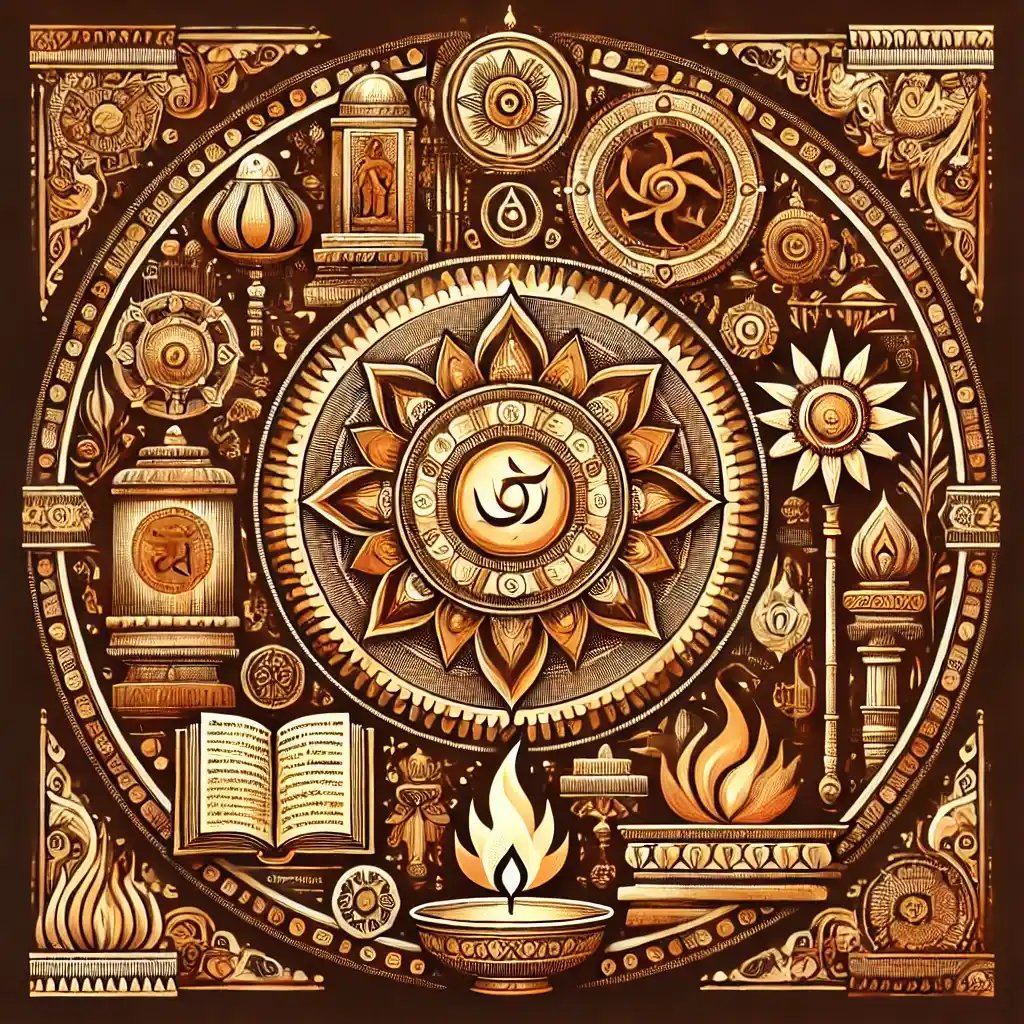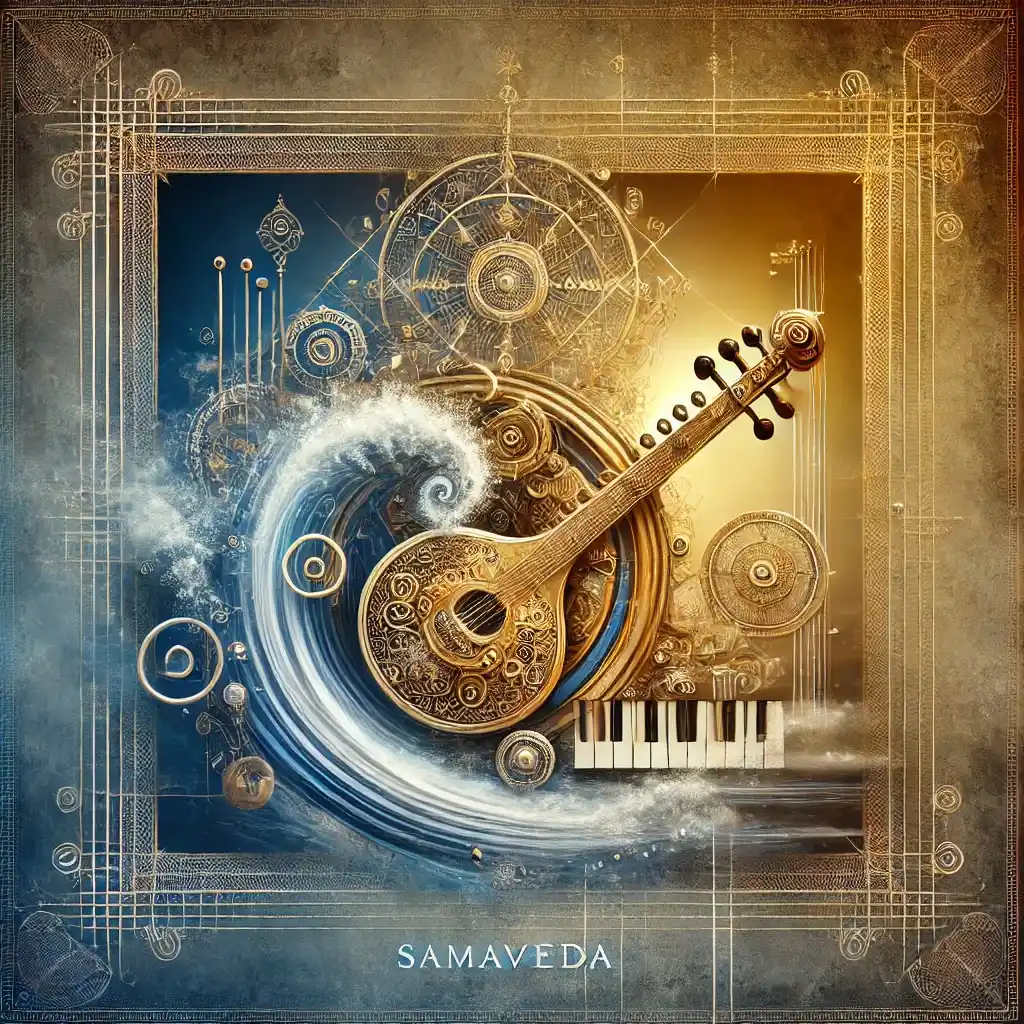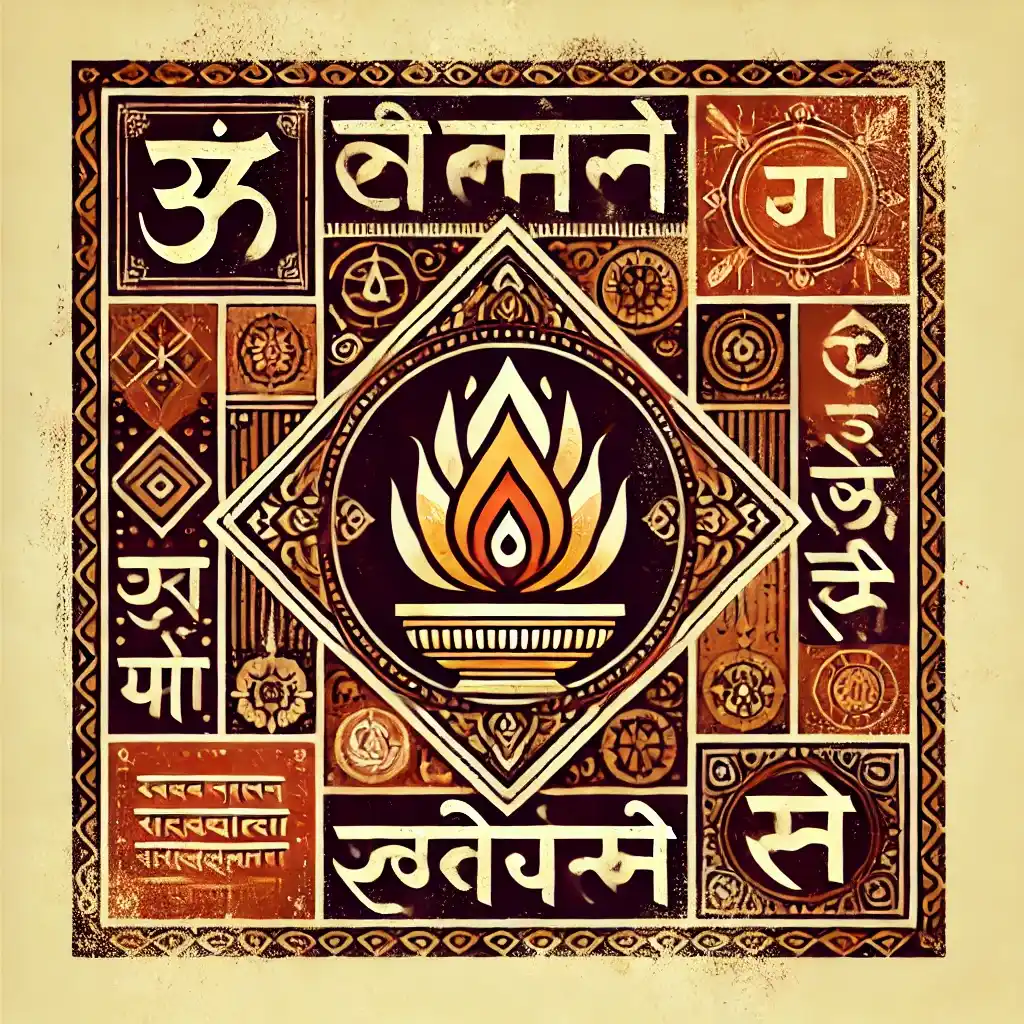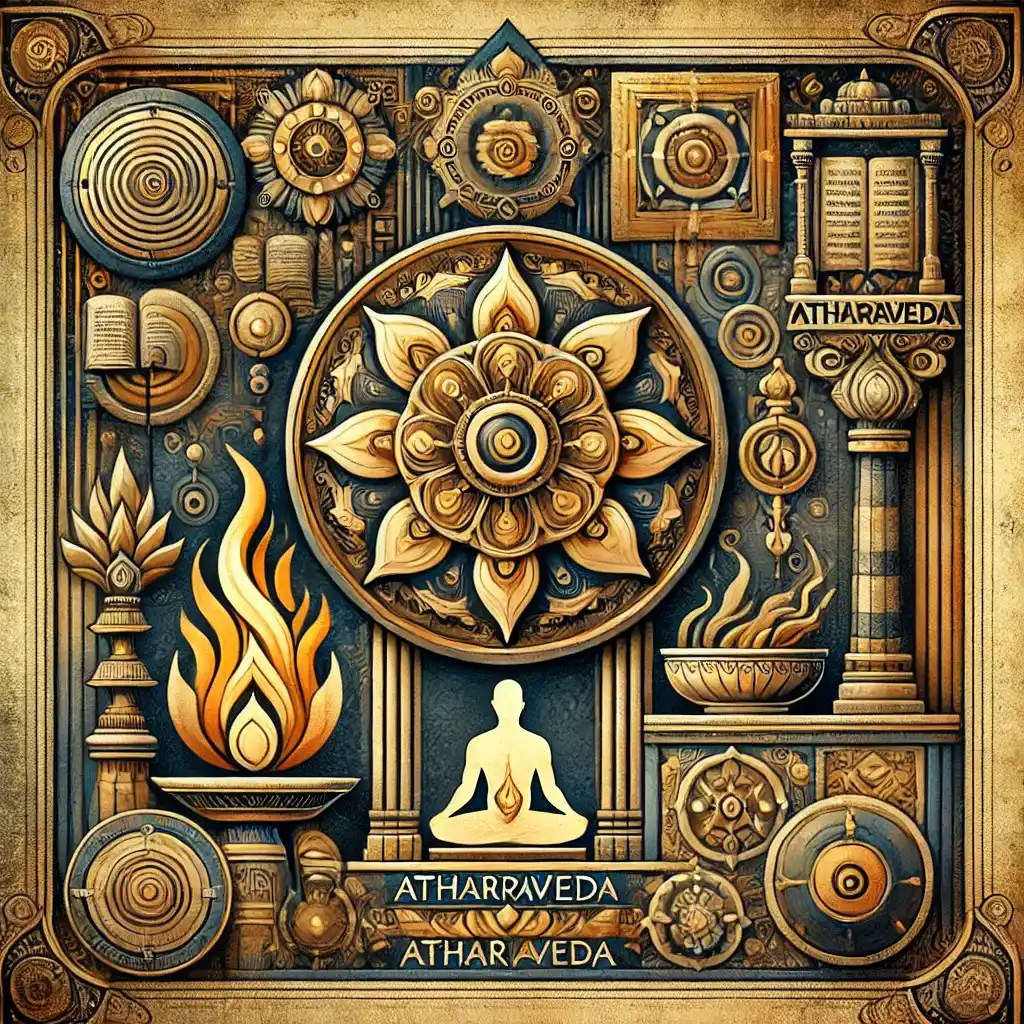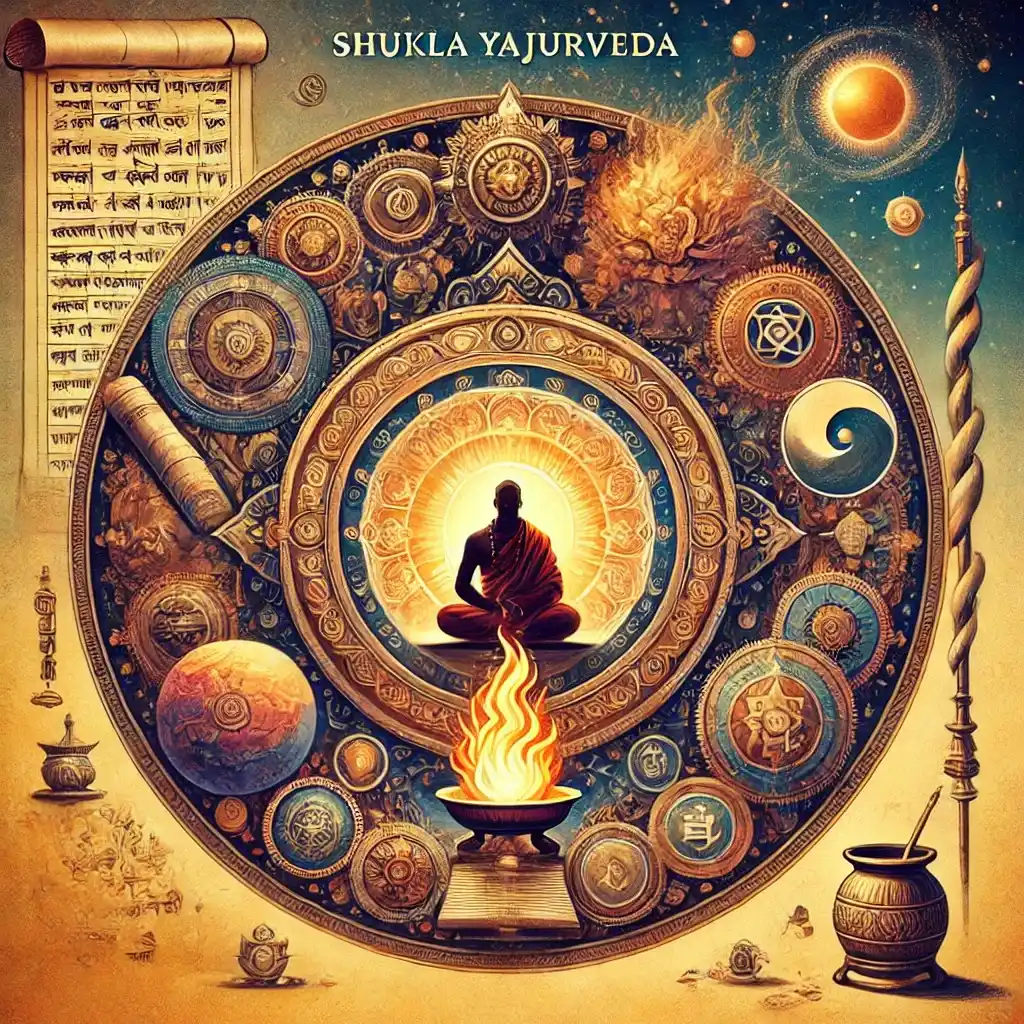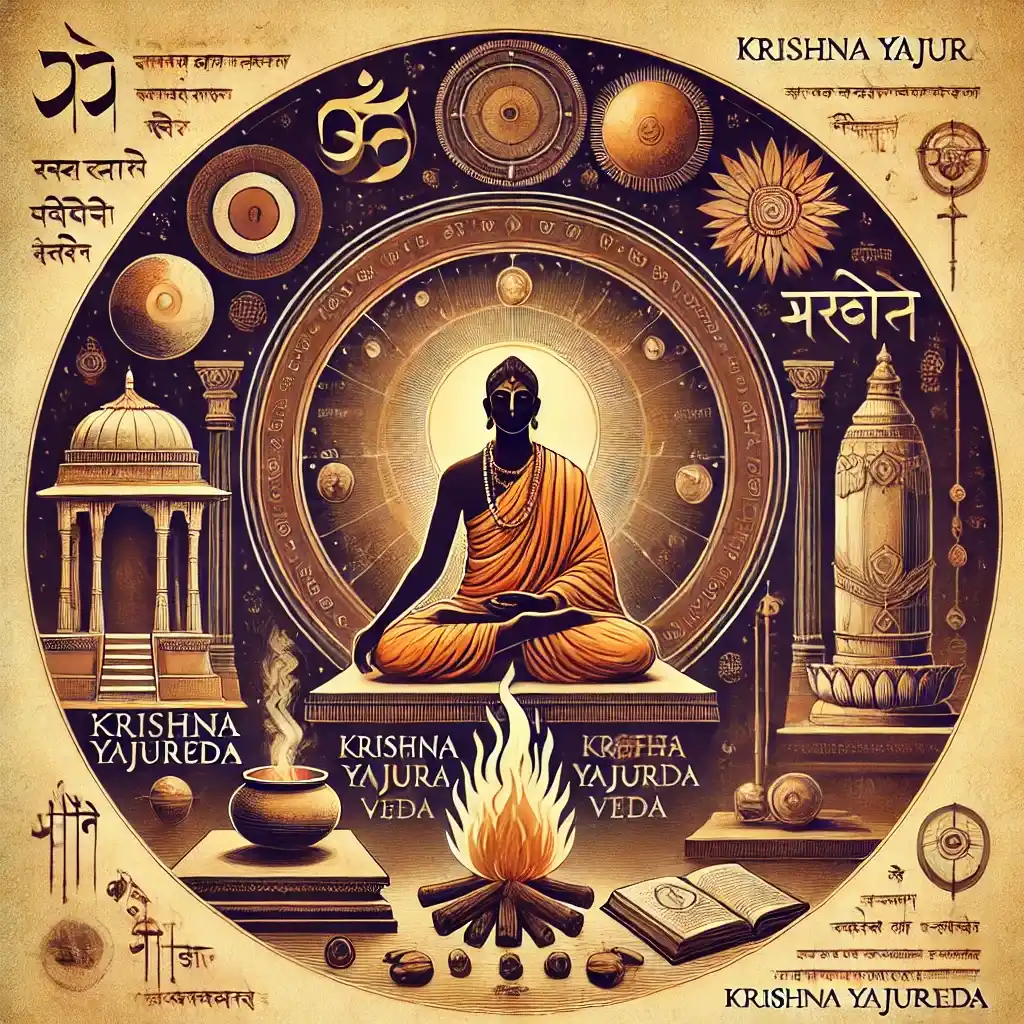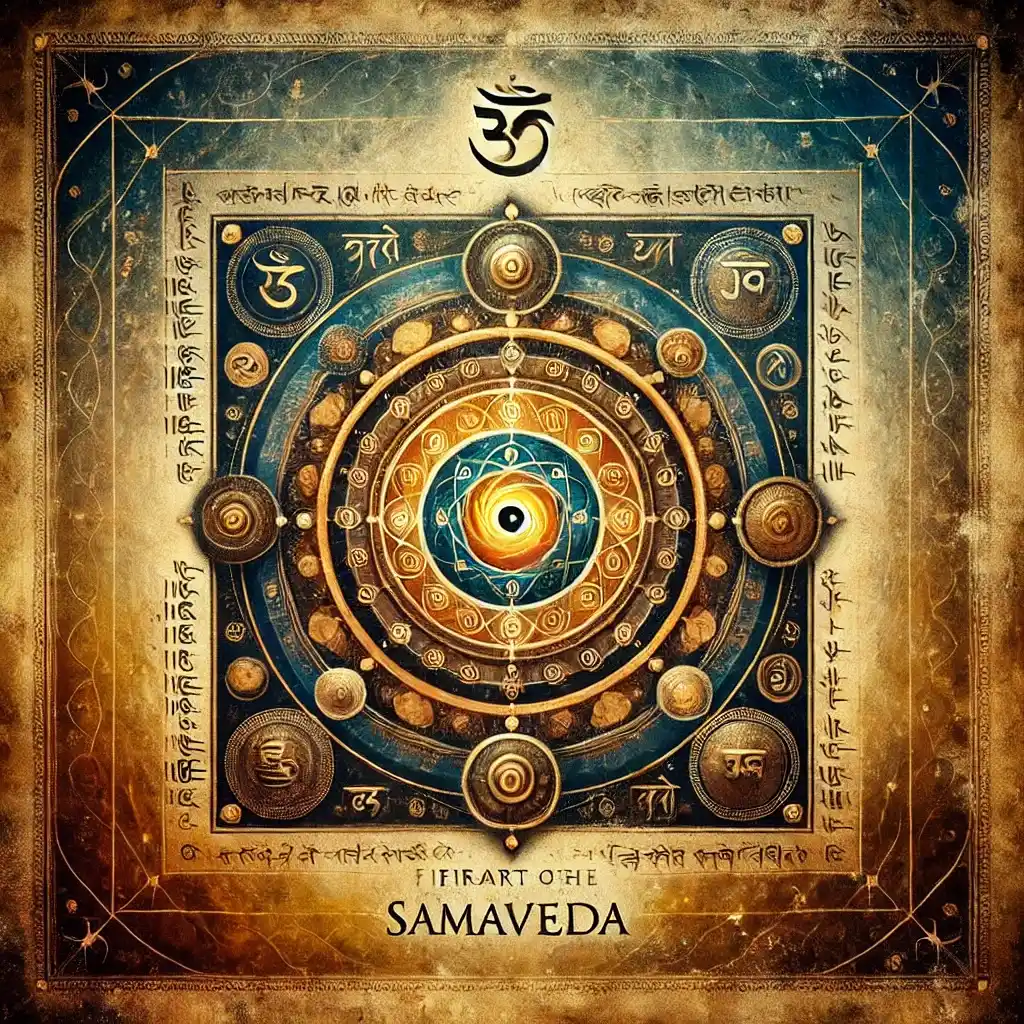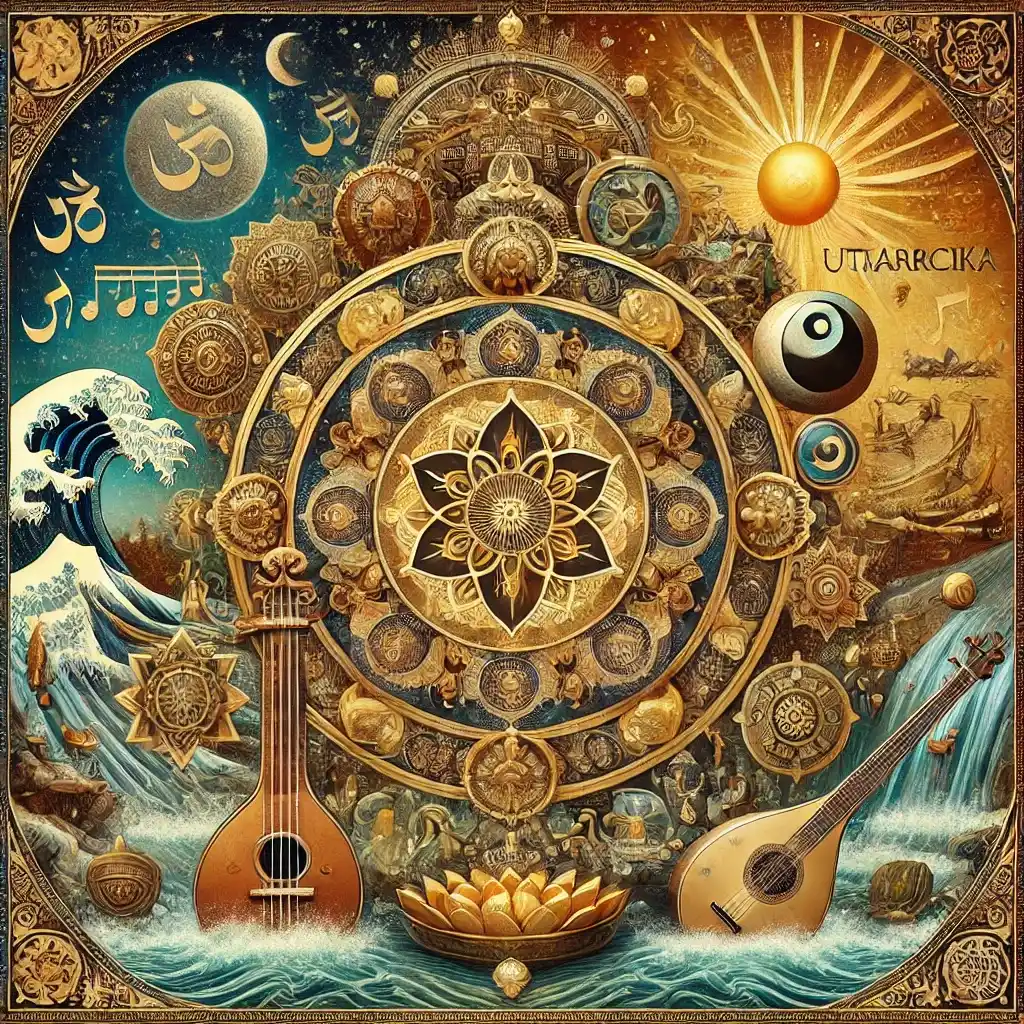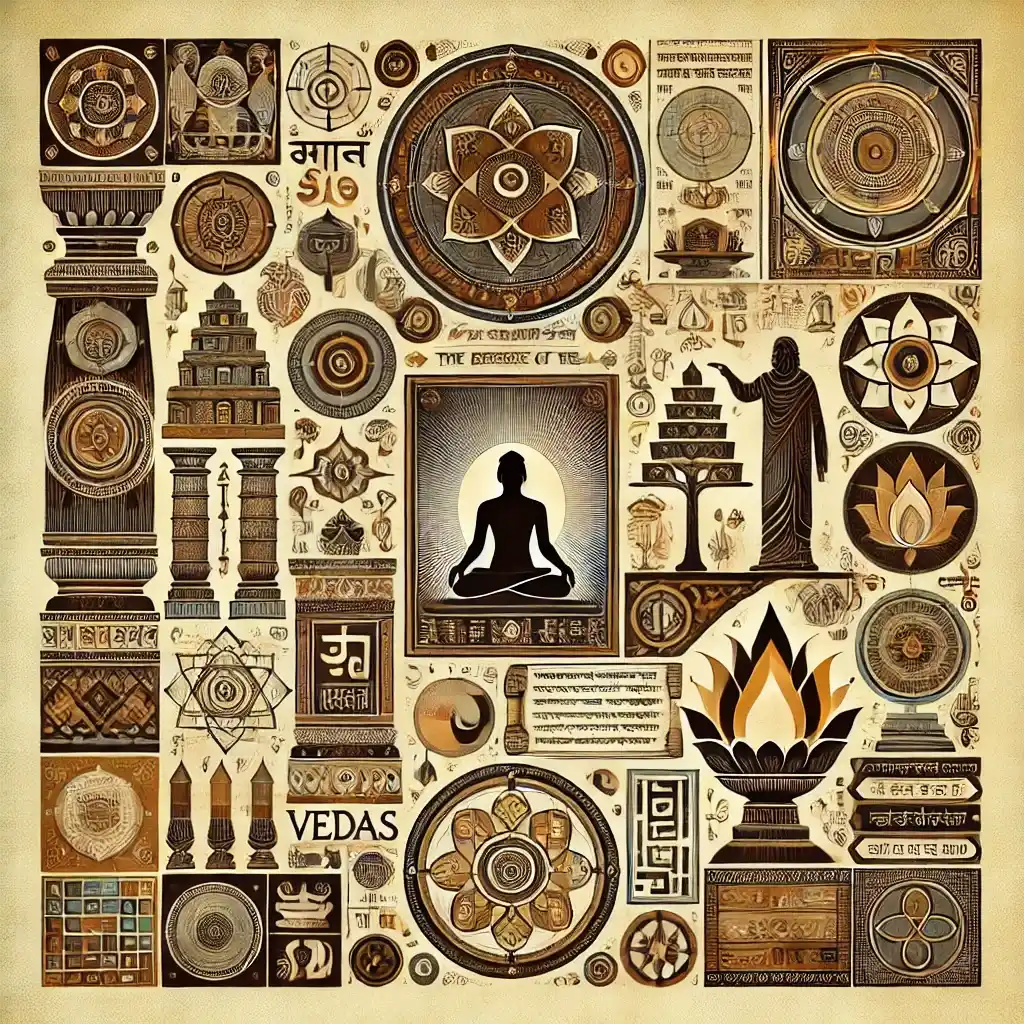
The Vedas
A Comprehensive Guide to Hinduism's Most Sacred Texts
Introduction
The Vedas, revered as the oldest and most authoritative scriptures of Hinduism, are a collection of ancient hymns, chants, and rituals that have shaped the spiritual, philosophical, and cultural foundations of the Indian subcontinent. Dating back to between 1500 BCE and 500 BCE, these texts are not just religious documents but are also considered an invaluable repository of knowledge that has influenced various aspects of life, including ethics, law, medicine, and astronomy. The Vedas are divided into four main collections: the Rigveda, Samaveda, Yajurveda, and Atharvaveda. Each of these Vedas holds a unique place in Hindu tradition, and together, they form the bedrock of Vedic knowledge.
The Rigveda: The Oldest Veda
The Rigveda is the oldest of the four Vedas and consists of 1,028 hymns (suktas) dedicated to various deities. Composed in Vedic Sanskrit, these hymns are organized into ten books, known as Mandalas. The Rigveda's hymns are primarily dedicated to gods such as Indra, the warrior god; Agni, the god of fire; and Varuna, the god of water and cosmic order.
The hymns of the Rigveda are not only religious in nature but also provide insights into the early Vedic society, its values, and its worldview. For instance, the famous Nasadiya Sukta (Hymn of Creation) explores profound philosophical questions about the origin of the universe, reflecting an early curiosity about existence and cosmology.
The Rigveda is also notable for its contribution to the development of Vedic Sanskrit and its influence on subsequent Hindu literature and philosophy. It is considered a "Shruti" text, meaning it was heard or revealed to ancient sages and has been passed down orally through generations.
The Samaveda: The Veda of Melodies and Chants
The Samaveda is often referred to as the "Veda of Melodies" because it is primarily concerned with the musical rendition of Rigvedic hymns. The Samaveda contains a collection of chants and melodies (saman) that were sung by priests during religious rituals and sacrifices.
While much of the content of the Samaveda is derived from the Rigveda, its unique emphasis on musical performance highlights the importance of sound and rhythm in Vedic rituals. The Samaveda is divided into two main parts: the Purvarchika and the Uttararchika. The former contains the melodies to be sung, while the latter provides the verses that accompany these melodies.
The Samaveda's significance lies in its role in preserving the tradition of Vedic chanting (Sama Gana), which is considered essential for the proper conduct of rituals. The precise intonation and rhythm of the chants are believed to invoke divine presence and ensure the efficacy of the rituals.
The Yajurveda: The Veda of Rituals and Sacrifice
The Yajurveda is the Veda of rituals and sacrifices. It provides detailed instructions for performing religious ceremonies, including sacrifices (yajnas) to the gods. The Yajurveda is divided into two main recensions: the Shukla (White) Yajurveda and the Krishna (Black) Yajurveda.
The Shukla Yajurveda is known for its clarity and organization, containing the mantras (prayers) and explanations needed for rituals. The Krishna Yajurveda, on the other hand, includes additional commentary and explanations interspersed with the mantras, making it a more complex text.
The Yajurveda's primary focus is on the proper execution of rituals, emphasizing the importance of precision and accuracy in the performance of sacred duties. The rituals described in the Yajurveda are not merely religious acts but are also seen as means to maintain cosmic order (rita) and harmony.
The Atharvaveda: The Veda of Spells and Incantations
The Atharvaveda is distinct from the other three Vedas in its content and purpose. It contains hymns, spells, and incantations that address everyday concerns such as health, protection from evil forces, and the pursuit of prosperity. The Atharvaveda is often considered the "Veda of the People" because it deals with practical matters that affect daily life.
The hymns of the Atharvaveda are divided into twenty books, with content ranging from prayers for healing and longevity to charms for success in love and war. Unlike the other Vedas, which are primarily focused on ritualistic worship, the Atharvaveda provides insights into the popular beliefs and practices of early Vedic society.
The Atharvaveda also contains early references to Ayurveda, the traditional Indian system of medicine. The hymns related to healing and health in the Atharvaveda are considered foundational texts for the development of Ayurvedic knowledge.
The Upanishads: The Philosophical Extension of the Vedas
In addition to the four Vedas, the Upanishads are often considered part of the Vedic literature. The Upanishads are philosophical texts that explore the nature of reality, the self (atman), and the ultimate truth (Brahman). They mark the transition from the ritualistic focus of the Vedas to the more introspective and metaphysical exploration of the Upanishadic period.
The Upanishads are considered the concluding part of the Vedic corpus and are sometimes referred to as Vedanta (the end of the Vedas). They contain profound teachings on the nature of existence, consciousness, and liberation (moksha), and have had a lasting impact on Hindu philosophy and spirituality.
The Legacy of the Vedas
The Vedas are not just religious texts but are also a rich source of cultural, historical, and philosophical knowledge. They have shaped the development of Hinduism and continue to influence various aspects of Indian society, including language, art, music, and law.
The oral tradition of Vedic chanting has been recognized by UNESCO as a Masterpiece of the Oral and Intangible Heritage of Humanity. The preservation and transmission of the Vedas through the centuries is a testament to their enduring significance in Hindu tradition.
In modern times, the Vedas are studied not only for their religious and spiritual content but also for their linguistic, historical, and cultural value. Scholars from around the world continue to explore the Vedas to gain insights into ancient Indian civilization and the origins of Hindu thought.
Conclusion
The Vedas are a timeless treasure of wisdom that has guided generations of Hindus in their spiritual journey. Their teachings, though ancient, continue to resonate with the values of truth, righteousness, and the quest for knowledge. As the oldest sacred texts of Hinduism, the Vedas hold a revered place in the religious and cultural heritage of India and remain a source of inspiration for seekers of knowledge and truth across the world.

Explore the latest and most popular products available on Amazon, handpicked for your convenience! Whether you're shopping for tech gadgets, home essentials, fashion items, or something special, simply click the button below to view the product on Amazon. We’ve partnered with Amazon through their affiliate program, which means that if you make a purchase through this link, we may earn a small commission at no extra cost to you. This helps support our site and allows us to continue providing valuable content. Thank you for your support, and happy shopping!
